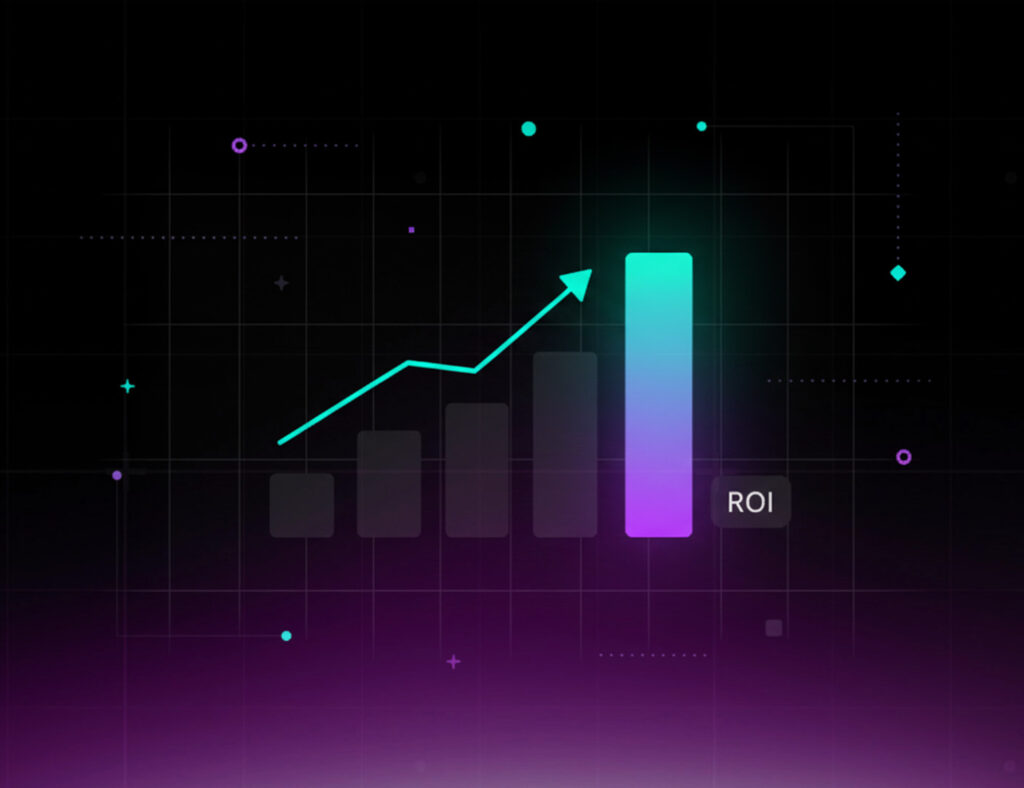Automation is evolving — and artificial intelligence is leading the transformation. Traditional workflow automation focused on predefined triggers and actions. But today, businesses need systems that adapt, learn, and make decisions in real time. That’s where AI workflow automation comes in: combining the power of artificial intelligence with the accessibility of no-code tools to create workflows that are truly intelligent.
This article explores how AI workflow automation is changing business operations, key use cases driving adoption, and why it’s becoming essential for modern, no-code enterprises.
Why AI Workflow Automation Is the Next Step in Digital Transformation
Classic automation tools excel at repetitive, rule-based tasks — like sending notifications or updating records. But they struggle when a process requires context, interpretation, or decision-making.
AI workflow automation solves this by merging structured logic with machine learning intelligence. The result? Systems that understand natural language, analyze sentiment, and make informed choices instead of following rigid rules.
This new era of intelligent automation workflows is often referred to as agentic automation: AI-driven systems that act autonomously within defined business goals.
They can interpret information, evaluate outcomes, and continuously refine their actions, making operations smarter and faster over time.
For teams adopting low-code automation platforms to gain scalability, insights from What Is Low-Code Automation and Why SaaS Teams Use It explain why choosing the right foundation is crucial for sustainable growth.
Core Benefits of No-Code AI Workflow Tools
Modern AI workflow tools empower both technical and non-technical teams to build intelligent processes visually — without writing complex code. They connect seamlessly with APIs, databases, and AI services, enabling AI process automation at every level of the organization.
Key advantages include:
- Unified Integration: Easily connect business apps, CRMs, and communication tools.
- AI-Driven Decisioning: Use natural language models and predictive analytics to guide actions.
- Scalability: Start small and grow workflows across departments with minimal rework.
- Custom Logic: Combine visual design with scripts or conditional flows for flexibility.
By integrating no-code AI automation, organizations streamline collaboration between humans and machines — achieving both speed and intelligence.
High-Impact Use Cases for AI Workflow Automation
AI workflow automation can redefine how businesses handle operations, data, and customer experiences. Here are five areas where it delivers measurable value:
1. Customer Experience Enhancement
AI-powered workflows can analyze messages, detect tone, and craft personalized responses — improving engagement while reducing response times.
2. Data Enrichment and Insights
Consolidate data from CRM, analytics, and email systems, then use AI to summarize or categorize information automatically — giving teams faster insights.
3. Content Creation and Management
With AI workflow management, content generation, translation, and publishing can be automated — maintaining consistency across platforms and languages.
4. Business Intelligence & Reporting
Workflows can track KPIs, identify anomalies, and deliver real-time dashboards to decision-makers, enabling proactive business decisions.
5. Predictive Operations
AI-powered systems can detect patterns, forecast demand, and optimize internal resource allocation — a key step toward fully agentic automation.
If you’re exploring how to evolve from manual to autonomous workflows, the article AI Coordination: New Frontier — Here’s What You Need to Know dives deeper into how businesses can coordinate AI-driven operations effectively.
How Agentic Automation Works in Practice
Agentic automation means workflows can act independently while staying aligned with business logic.
For example:
- An AI model analyzes a customer message.
- The workflow evaluates its urgency and decides whether to escalate or respond automatically.
- It then logs the action in the CRM and sends a summary to the relevant team — all within seconds.
By merging AI process automation with no-code flexibility, companies enable workflows that continuously learn and evolve — leading to adaptive, self-improving business ecosystems.
In contexts where organizations have rapidly built internal tools — as described in How We Automated Onboarding in Under 48h — the same principles apply: quick iteration, feedback loops, and scalable architecture.
The Future of AI Workflow Automation
As businesses face increasing data complexity, they need automation that’s flexible, transparent, and secure. Open, modular frameworks make it possible to self-host workflows, ensuring privacy and compliance while customizing every decision point.
Communities around AI workflow tools continue to expand use cases — from marketing automation to AI-driven analytics pipelines. For organizations looking to transform through AI Business Transformation and Smart Development Solutions, adopting AI workflow automation is no longer optional — it’s foundational for sustained innovation.
Turning Automation into Intelligence
The future of automation won’t be defined by the tools we use, but by how intelligently we use them.
AI workflow automation empowers teams to design systems that combine AI, logic, and data to solve complex challenges — not just execute tasks.
Understanding how to think in terms of intelligent workflows is the real advantage. And as automation evolves, the organizations that design with intelligence — not just efficiency — will lead the next generation of digital transformation.






